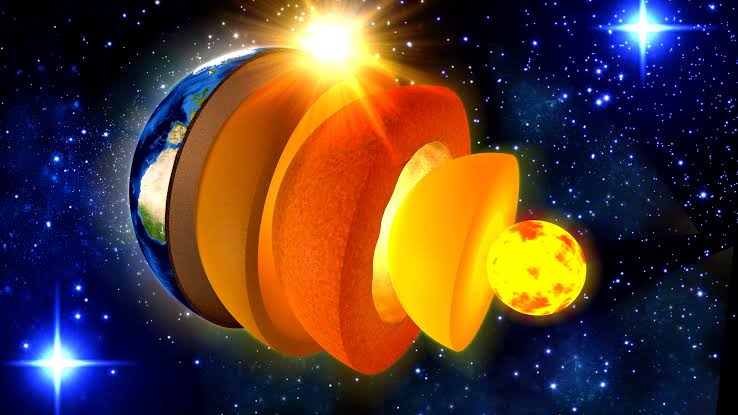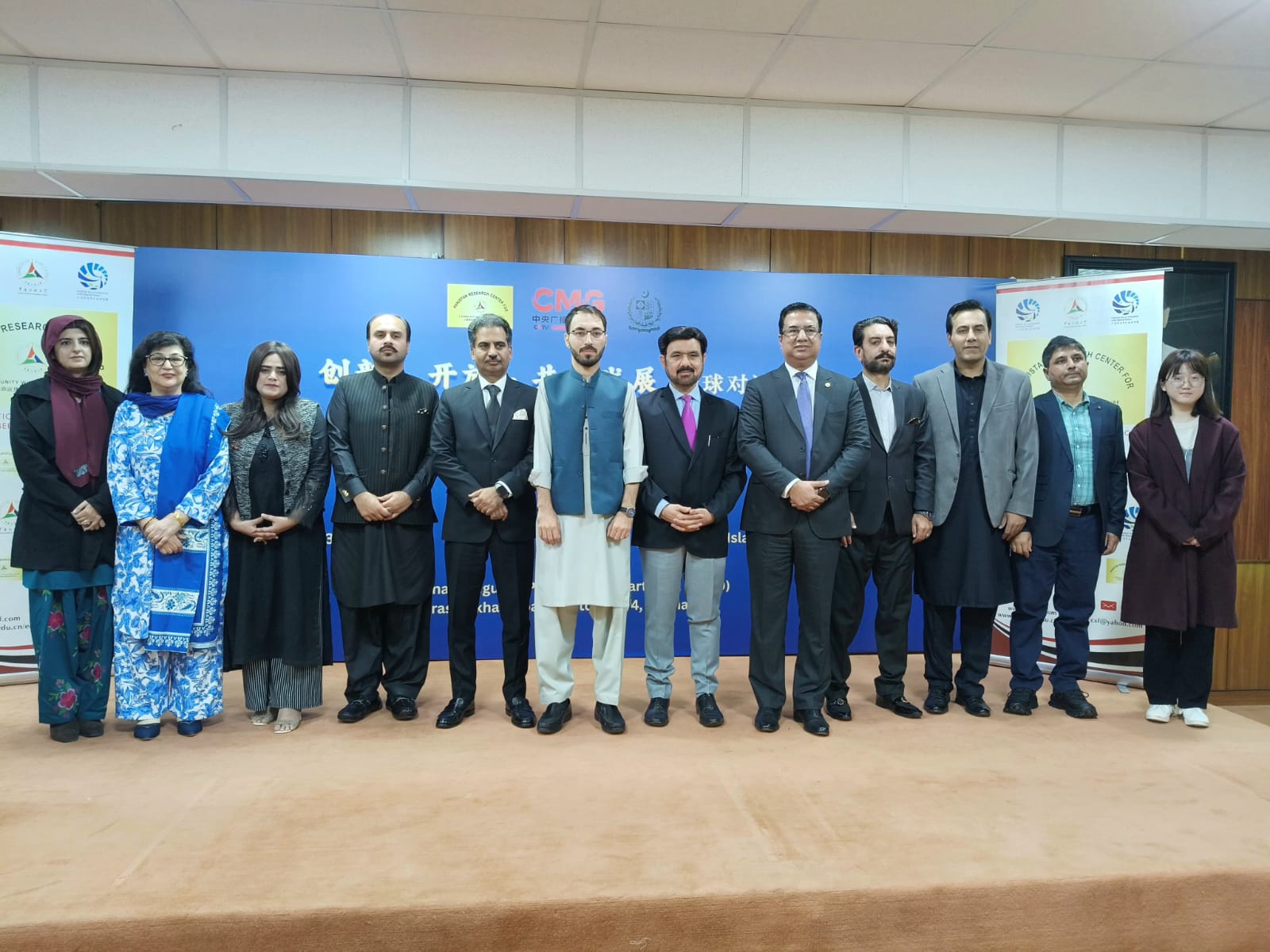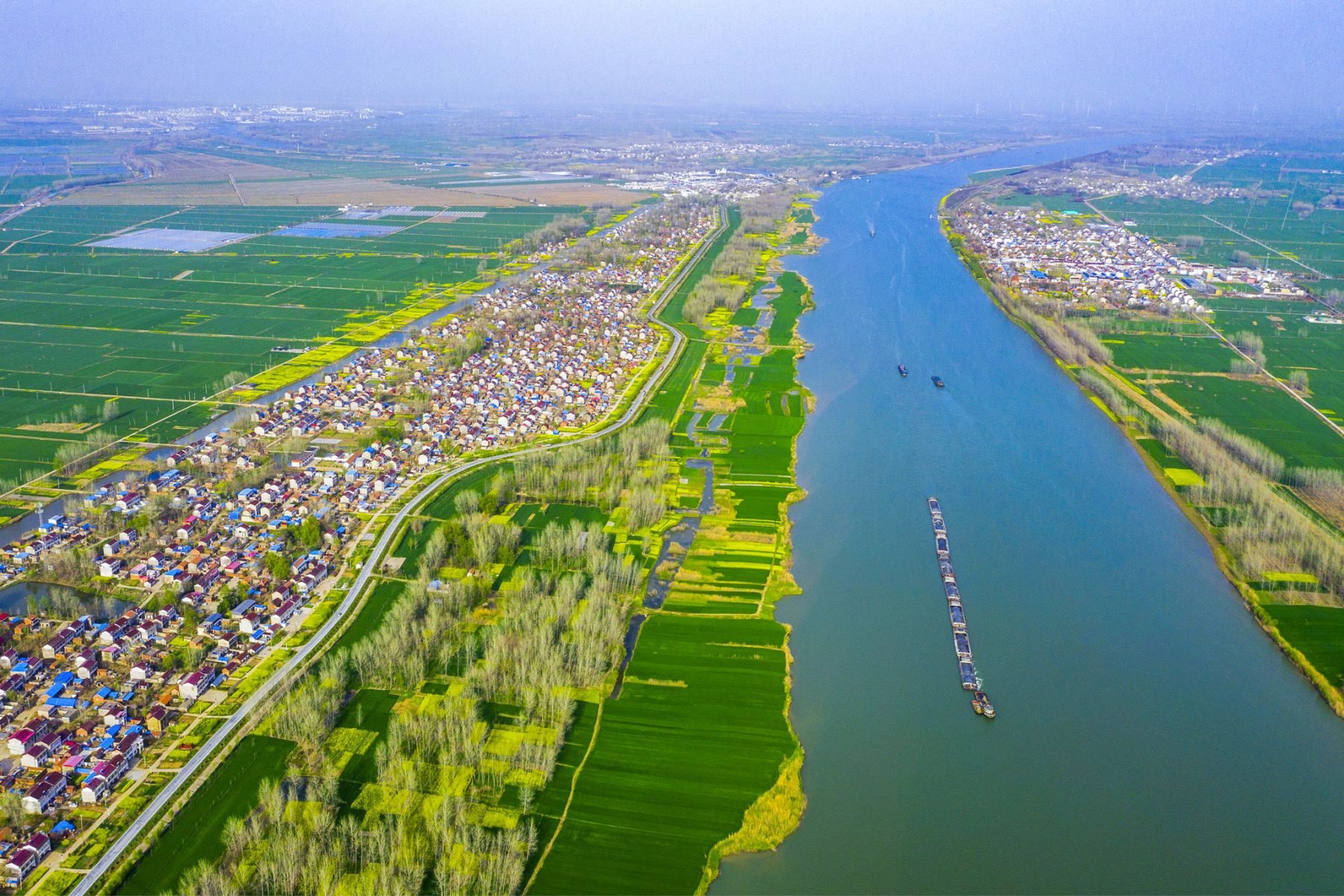Beijing, July 21, 2024, The Europe Today: In a groundbreaking study published in the journal Nature Communications, researchers from China and Romania have unveiled that solar radiation may significantly influence the Earth’s deep interior. This collaborative research effort involved experts from the Institute of Geology and Geophysics (IGG) at the Chinese Academy of Sciences, China University of Geosciences, and the University of Bucharest.
The study highlights how varying solar radiation with latitude creates temperature gradients on the sea surface, impacting the distribution of marine life. These carbon-rich organisms are then transported into the Earth’s interior through the subduction of oceanic plates, affecting the redox state of arc magma.
To arrive at their findings, the researchers analyzed data from thousands of magma samples, collected by geologists worldwide. They examined tiny melt inclusions within olivine minerals and bulk rock data to determine the redox state of arc magma. The results showed that magma in lower latitude regions is less oxidized compared to higher latitude areas. Further evidence from ocean floor studies revealed more reduced carbon deposits in lower latitudes. This carbon interacts with sulfur to form sulfide, which is then transported into the mantle, contributing to the observed redox pattern.
“This unexpected pattern suggests that the Earth’s surface environment and climate, influenced by solar radiation, have a profound effect on mantle processes,” said Wan Bo, co-author of the study and a researcher at IGG.
The study’s implications extend beyond geological science, affecting the understanding of metal ores such as copper, tin, and lithium, which are sensitive to redox conditions. Understanding the spatial and temporal distribution of redox states at global subduction zones could significantly enhance predictions about the locations and availability of these critical resources.
“The observed pattern offers new directions for exploring resources and understanding the environmental effects of subduction systems at different latitudes,” said Hu Fangyang, the corresponding author of the study and a researcher at IGG.
This research opens new avenues for understanding how solar radiation influences Earth’s interior processes, providing valuable insights into resource exploration and environmental science.












